Cyrus Classic Amp
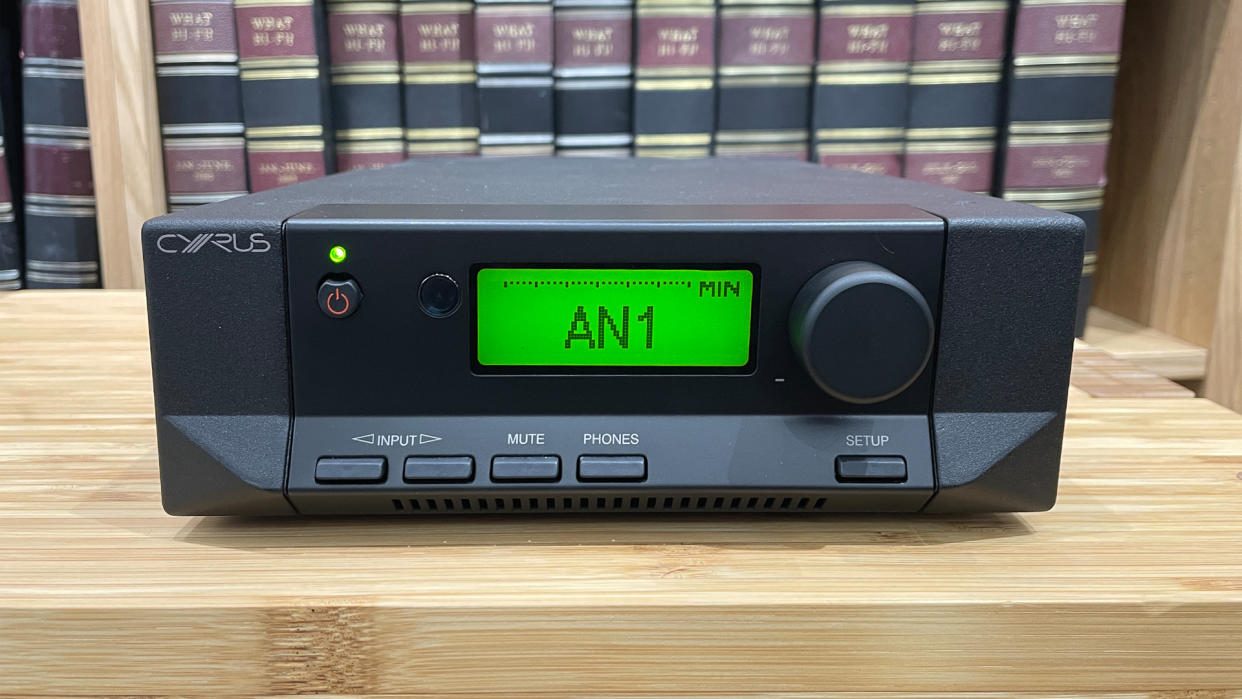
It seems a long time since we last reviewed a Cyrus integrated amplifier, but unpacking the brand-new Classic Amp feels like an entirely familiar experience. That distinctive Cyrus half-width casing looks unchanged from previous models as do the display and control buttons. But, while that’s not necessarily a bad thing given how the company’s products have always stood apart from the competition, it does feel like a bit of a missed opportunity to move things forward.
Build & features
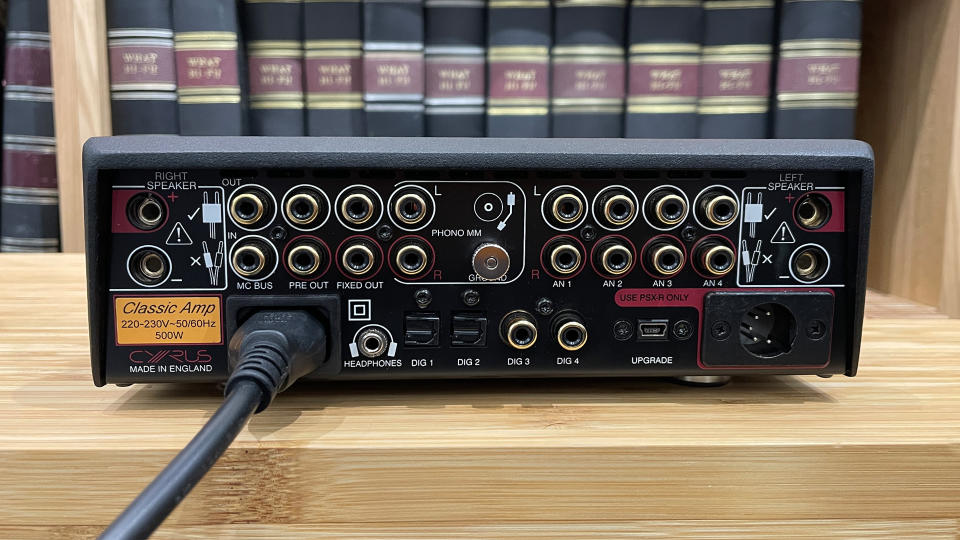
You won’t find many differences in the specification sheet either, with the 70 watts per channel into 8 ohms claimed power output echoing that of previous generations of Cyrus integrateds. So, what has really changed? It turns out that the answer is quite a lot, but it is all on the inside. The company’s engineers have used the lessons learnt when developing the more premium XR series and implemented them here. The Classic Amp’s circuit design has been completely reworked with the majority of components claimed to have been upgraded for a better sonic performance.
Take a look inside the casework and you will find a generous power supply arrangement with a 304VA mains transformer and a high-capacity power supply reserve. The preamp and power amplifier circuits have dedicated transformer windings to prevent unwanted interactions, and the engineers have even gone as far as giving the digital control electronics a separate power supply to minimise interference.
Cyrus Classic Amp tech specs
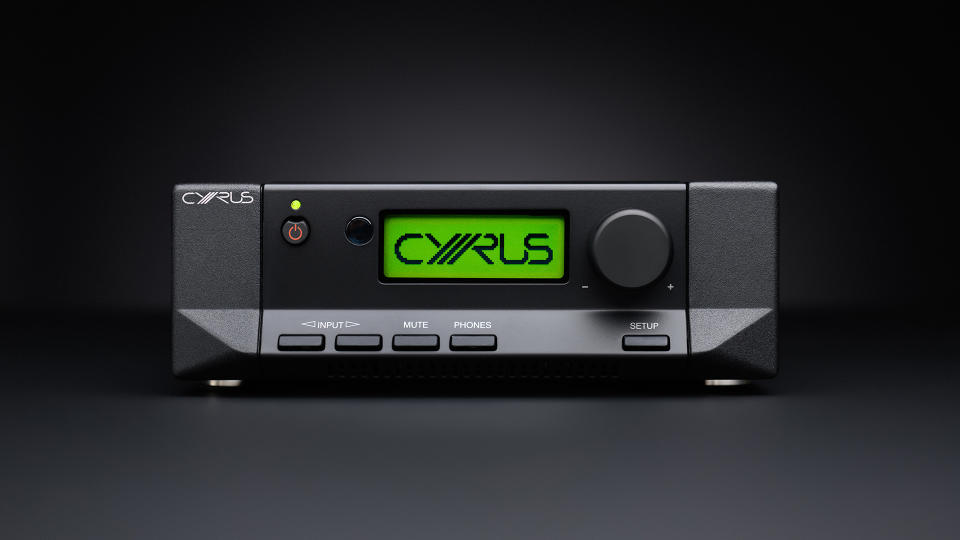
Type Integrated
Power 70W per channel
Phono stage? Yes (MM)
Inputs Line level x4, optical x2, coax x2
Outputs Line level, pre-out
Bluetooth? No
Headphone output? Yes (3.5mm)
Dimensions (hwd) 7.5 x 21.5 x 36.5cm
Weight 6.7kg
Take a look at the Classic Amp’s back panel and you will find that it is packed with connections. In that small space, you will find four analogue line-level inputs, a moving magnet phono stage and four digital inputs split evenly between optical and coax. The lack of a USB is a bit of a surprise but not a deal breaker in our book. The digital module tops out at 192kHz and doesn’t have DSD capability, which might be an issue for some of the more die-hard high-resolution file fans, but we think it won’t be a problem for most users.
While a headphone output is handy, it is a shame to find the 3.5mm socket stuck on the back panel where it will prove awkward to get to, particularly when the phono stage and Digital 1 optical inputs are in use. Surely Cyrus could have found a way to put it on the front where it belongs?
On a more positive note, we’re pleased to find that it is still possible to upgrade the amplifier’s performance through the use of a PSX-R2 power supply. Priced at £995/$1599 this outboard supply isn’t cheap, but does make significant improvements to the sonic authority, scale and control of the amplifier.
Sound
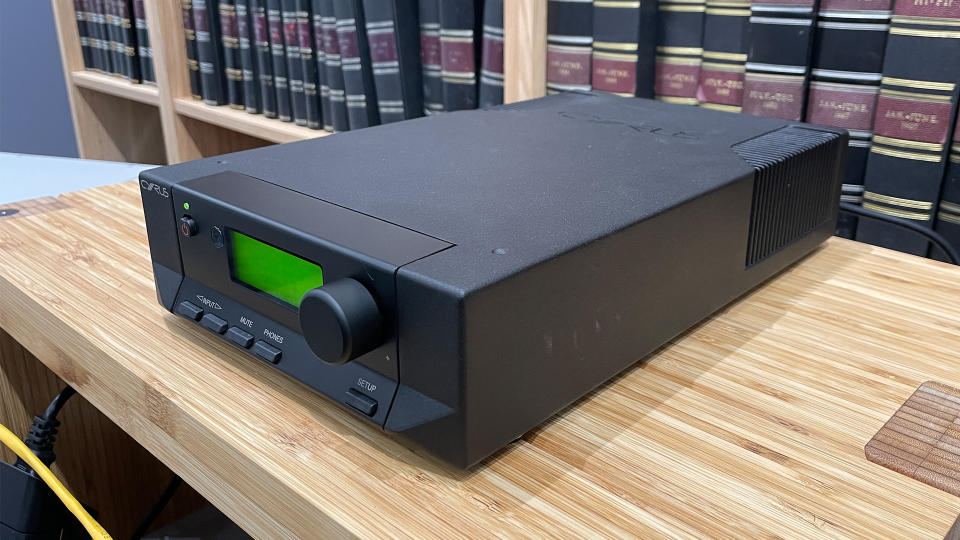
We plug the Classic Amp into our usual reference system of Naim ND555/555 PS DR music streamer, Technics SL-1000R/Vertere Sabre MM record player and ATC SCM50 speakers, but also have products such as the Cyrus CDi CD player and KEF LS50 Meta speakers on hand to see how it performs with more price compatible partners. We also have Arcam’s new A15 integrated amplifier and Naim’s pricier Nait XS 3 on hand for benchmarking purposes.
The Classic Amp is a surprising performer, delivering a more spacious and open sound than its compact dimensions suggest. It sounds more substantial and controlled than we remember older generations being, though it still doesn’t quite have the dynamic muscularity or authority of rivals such as the Rega Elex Mk4 or Naim Nait XS 3. But there is much else to like here.
We listen to Donna Summer’s State Of Independence and are impressed by the clarity and crisp detail. This is an amplifier that can dig deep into the production and reveal plenty in the way of instrumental textures. Summer’s trademark vocals come through with nuance and passion while the dense backing instrumentation is rendered with a good sense of organisation. This is a tidy presentation; one that takes care to dot all the ‘i’s and packages the sound in a neat and easily understood way.
There is no shortage of agility here, with the Amp tracking transients and fast-moving dynamic shifts well. This quality extends to the lowest frequencies with the Cyrus delivering the song’s distinctive undulating bassline with skill and plenty of punch. Some price rivals sound even more assertive in the region, but this little amplifier still does well. Take care to match it with a refined and full-bodied speaker and you won’t go far wrong.
Rhythmic drive? It is pretty decent, but the Classic Amp doesn’t convey the momentum of the music with quite the energy or enthusiasm of the class leaders. It is still an entertaining and informative listen but both the aforementioned Naim and Rega manage to deliver the music with more verve.
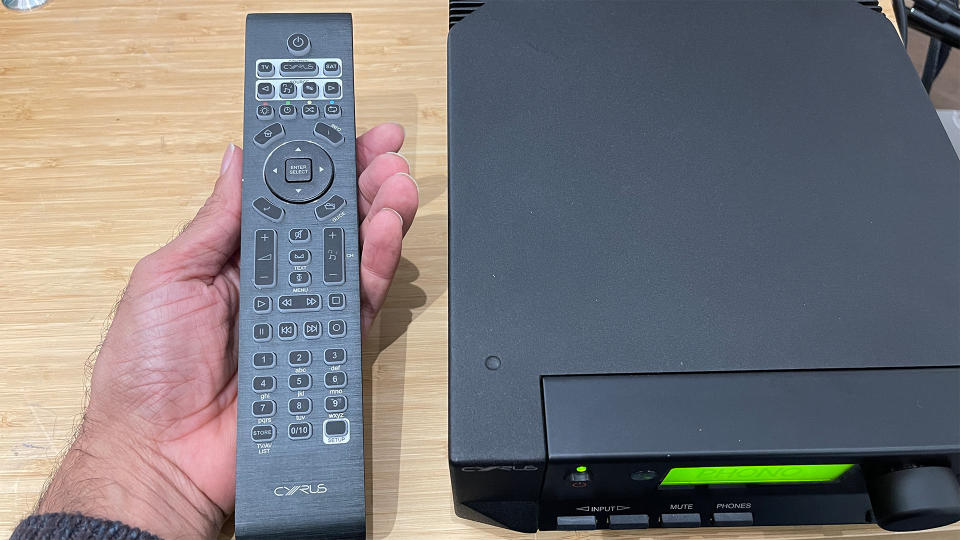
Switching to Bizet’s Carmen Suite highlights the Cyrus’s composure and precision well. It isn’t the most enthusiastic of performers but still communicates the energy of the music well. The music’s savage crescendos are delivered with a surprising degree of punch, and as before we’re impressed with the amplifier’s controlled nature.
It images well too, with a soundstage that is open, spacious and nicely layered. The addition of a PSX-R2 takes this another step forward, adding a fair bit in terms of image scale and depth. Regardless of whether that optional power supply is connected or not, the amplifier’s stereo imaging remains pleasingly crisp, focused and stable even when the music becomes demanding.
Cyrus’s engineers have done a good job with the digital inputs where the amplifier retains its clarity and control. Detail levels are good and dynamics are expressive. There is a pleasing consistency in character between the analogue and digital connections that isn’t always a given. The story is similarly positive with the moving magnet phono stage and headphone output. The phono stage is insightful and decently quiet while the headphone output is as expressive as the speaker output. Some companies treat these features as something of a tick-box exercise but it is obvious that Cyrus has been diligent with these modules.
Verdict
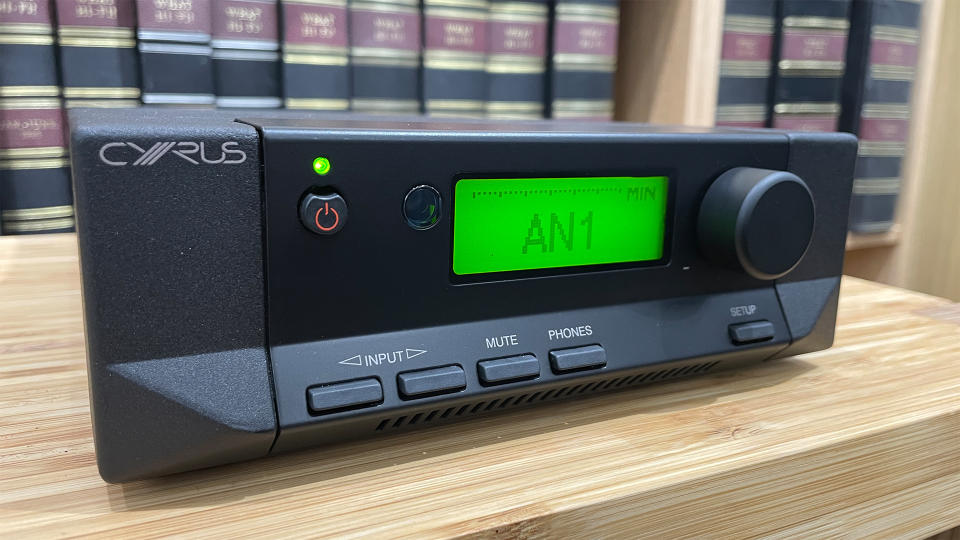
The Cyrus Classic Amp is up against some tough competition but has a blend of sonic abilities that give it plenty of appeal. Add its compact size and upgrade potential into the mix and you have an attractive proposition for the money.
SCORES
Sound 4
Build 5
Features 5
MORE:
Read our review of the Rega Elex Mk4
Also consider the Naim Nait XS 3
Read our Arcam A15 review
Best stereo amplifiers: the best integrated amps you can buy

